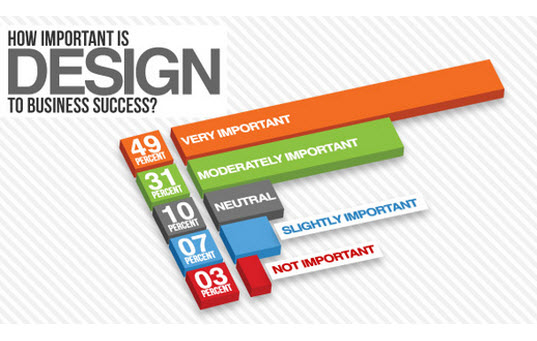Intrigued In Finding Out Exactly How Web Site Style Has Advanced? Take A Journey Through The Transformation
Intrigued In Finding Out Exactly How Web Site Style Has Advanced? Take A Journey Through The Transformation
Blog Article
Personnel Writer-Hartley Stender
In the past, sites were straightforward and concentrated on information. Navigation was straight, and style was for desktop computers. Currently, individual experience is key. Information guides layouts for easy navigating. just click the next webpage match various tools. Today, dark mode decreases stress, and minimalist food selections boost navigating. Interactive attributes engage individuals, and strong visuals stand apart. AI integration increases engagement. See exactly how layout has advanced to improve your on the internet trip.
Very Early Days of Website Design
In the very early days of web design, simplicity preponderated. Sites were basic, with minimal shades, typefaces, and formats. The emphasis was on supplying info rather than showy visuals. Users accessed the internet with sluggish dial-up connections, so rate and performance were essential.
Navigation food selections were straightforward, normally situated on top or side of the page. Web sites were created for home computer, as mobile surfing wasn't yet prevalent. Web content was king, and developers focused on very easy readability over complex style aspects.
HTML was the key coding language made use of, and developers had to function within its constraints. Animations and interactive attributes were marginal compared to today's requirements. Sites were static, with little vibrant content or personalized individual experiences.
Surge of User-Focused Style
With the development of site style, a change towards user-focused style principles has come to be increasingly popular. Today, developing web sites that prioritize user experience is crucial for involving visitors and achieving business objectives. User-focused layout includes understanding the demands, choices, and habits of your target market to customize the internet site's format, web content, and features accordingly.
Developers now perform extensive study, such as user surveys and use testing, to gather insights and responses directly from individuals. Local SEO For Healthcare Professionals -driven approach helps in creating user-friendly navigating, clear calls-to-action, and visually attractive interfaces that resonate with site visitors. By placing the customer at the center of the layout procedure, web sites can deliver a more individualized and enjoyable experience.
Receptive style has actually also emerged as a crucial aspect of user-focused design, making sure that web sites are enhanced for various tools and screen dimensions. This versatility enhances ease of access and usability, dealing with the diverse means users engage with web sites today. Fundamentally, the surge of user-focused design represents a shift in the direction of producing digital experiences that prioritize the demands and assumptions of completion customer.
Modern Trends in Web Design
Explore the latest fads shaping web design today. One prominent pattern is dark setting layout, offering a sleek and modern-day look while reducing eye pressure in low-light atmospheres. An additional vital trend is minimal navigating, simplifying food selections and boosting individual experience by focusing on essential elements. Incorporating micro-interactions, such as animated switches or scrolling impacts, can produce a much more interesting and interactive internet site. Responsive style continues to be crucial, ensuring smooth individual experiences across different tools. In addition, making use of bold typography and asymmetrical layouts can include aesthetic interest and draw attention to particular material.
Integrating AI technology, like chatbots for client assistance or customized suggestions, enhances user involvement and simplifies processes. Availability has additionally come to be a significant pattern, with developers prioritizing comprehensive style practices to accommodate diverse individual needs. Welcoming sustainability by maximizing site efficiency for rate and performance is one more arising fad in website design. Teaming up with user responses and information analytics to iterate and improve design continuously is vital for staying appropriate in the ever-evolving electronic landscape. By accepting these modern trends, you can produce an aesthetically attractive, straightforward internet site that resonates with your target market.
Conclusion
As you reflect on the evolution of site layout from the very early days to currently, you can see exactly how user-focused style has come to be the driving pressure behind modern fads.
Embrace the journey of modification and adjustment in website design, always keeping the user experience at the center.
Remain present with the most recent patterns and innovations, and never stop progressing your technique to produce aesthetically sensational and user-friendly websites.
Evolve, adjust, and create - the future of web design is in your hands.
